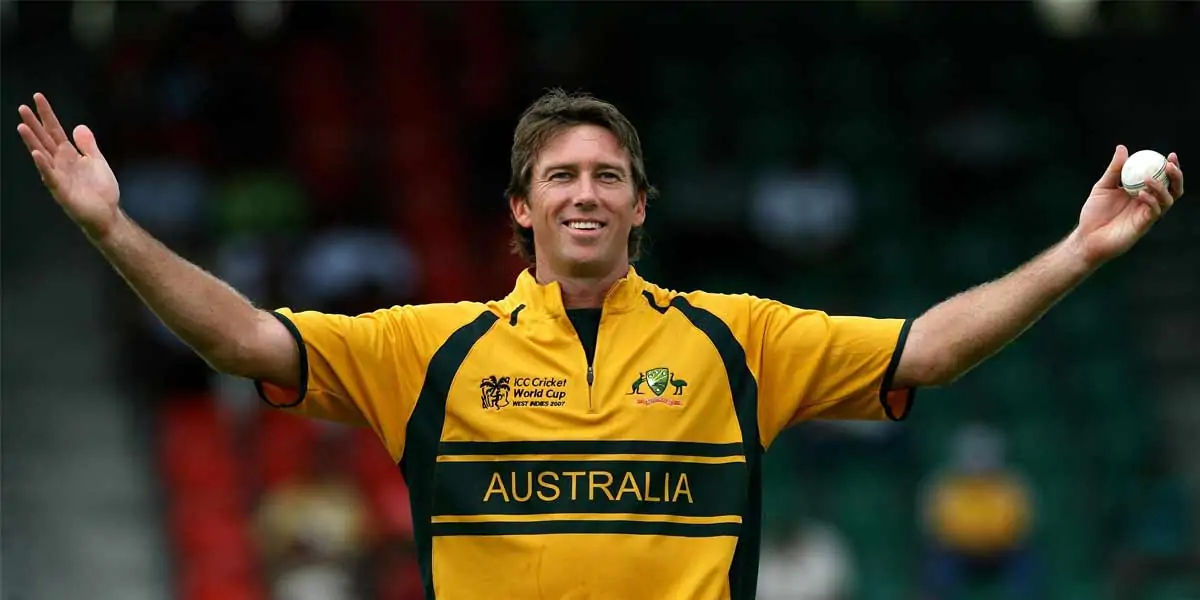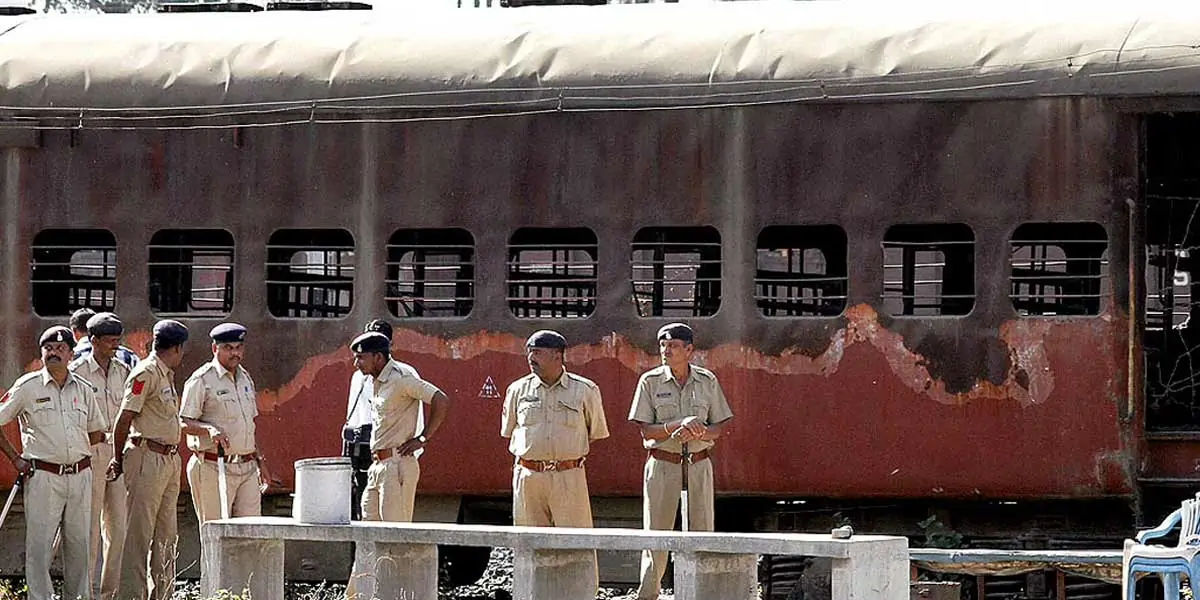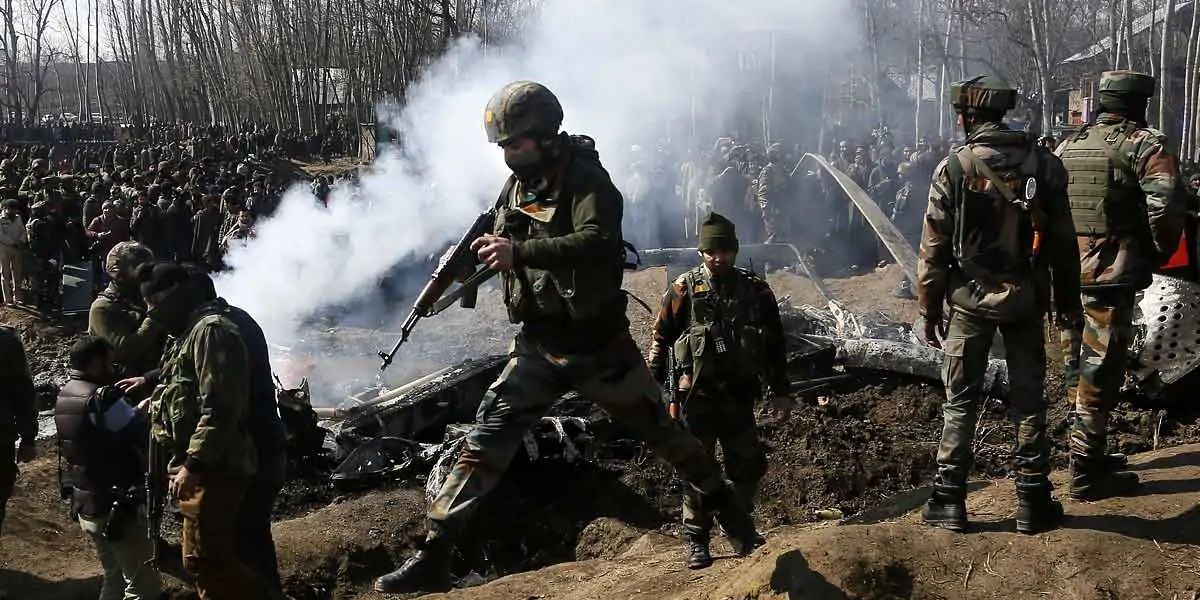Chandra Sekhar Azad, an Indian liberation warrior, dies at the age of 24 in 1931.

Chandra Shekhar Azad was the prototypical fiery revolutionary who fought fervently for his country's independence. Azad, a contemporary of Bhagat Singh, did not earn the same levels of acclaim for his activities, but they were no less valiant. His lifelong ambition was to cause as much trouble for the British government as possible. He was a master of disguise and eluded capture by British authorities several times. Azad proceeded to meet one of his accomplices at Allahabad's Alfred Park on February 27, 1931, but was quickly surrounded by police. He had clearly been deceived by one of his own. There was a shootout that ensued, but Azad was not going to survive it. He murdered himself with the final round in his gun
Related On This Day

Manmohan Desai, the Indian director behind Amar Akbar Anthony and Suhaag, died in 1994 at the age of 57.

In 1932, 12 independence revolutionaries caught in and around Chittagong, Bengal province, India, under British control, were condemned to deportation for life, two to three-year prison sentences, and acquitted the remaining 32.

At the North West Stadium in Potchefstroom on February 27, 2003, Glenn McGrath ambushed the Namibian batting,

In the 2002 Godhra train fire, 59 Hindu pilgrims returning from Ayodhya were killed by Muslims.

Tiger Woods made his PGA debut in the Nissan Los Angeles Open on February 27, 1992, at the age of 16, becoming the sport's youngest player in 35 years.

Kesha, aka Rose Sebert, is an American pop singer who was born in Los Angeles, California in 1987.

Pakistan shot down an Indian fighter plane and kidnapped the pilot in 2019, heightening tensions in the disputed Kashmir region.

The Raman Effect was discovered on February 28, 1987, by physicist Chandrasekhara Venkata Raman.








